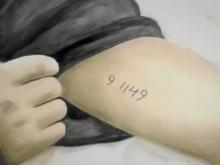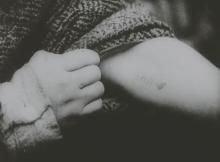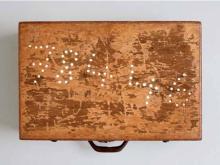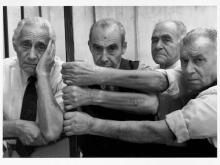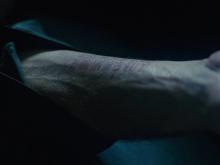Aktion J
AKTION J, Walter Heynowski, GDR 1961
AKTION J (1961) was one of the first compilation films in socialist East Germany that focused explicitly on the mass murder of the European Jews. Other than Andrew Thorndike’s DU UND MANCHER KAMERAD (1956)—which referred to antisemitism and Jews as the main victims of Nazi Germany only in passing—or EIN TAGEBUCH FÜR ANNE FRANK (1958), AKTION J specifically aimed for reconstructing the National Socialist anti-Jewish policy in detail. Nevertheless, it followed a similar accusatory objective like Joachim Hellwig’s film from 1958. AKTION J was intended as a cinematic indictment directed against the West-German politician Hans Globke, who actively contributed to the implementation of anti-Jewish legislation in Nazi Germany and later became advisor of the West-German chancellor Konrad Adenauer.
Likewise, AKTION J emphasises the role and responsibility of bureaucracy for the mass murder of the European Jews. This interpretative framework also guides Heynowski’s use of historical footage. An example which is the appropriation of the sequence with the children in Auschwitz presenting the numbers tattooed on their arms. Interestingly, however, Heynowski only implements two of original shots: the medium shot and the close-up. They serve to bridge a passage about racist Nazi policy, illustrated by a metonymic scene of liberated prisoners next to a barbed wire fence in Auschwitz that generically illustrates the multitude of victims, and a highlighted figure from a document that states a raise in Globke’s salary due to the birth of his son. Thereby, AKTION J exploits the symbolic nature of the not yet fully iconic footage: as a representation of children as innocent victims. Reducing the sequence to only two shots demonstrates how the footage is integrated into the film’s structure of accusation: a typical motif of GDR documentaries that solely projected responsibility and guilt for the National Socialist crimes on the Federal Republic in the Western part of Germany. The close-up of the number is no longer specifically connected to the group of individual children. It is detached as a symbol, which can be related by a match cut to other figures and thereby symbolises the bureaucratic nature of National Socialism.
